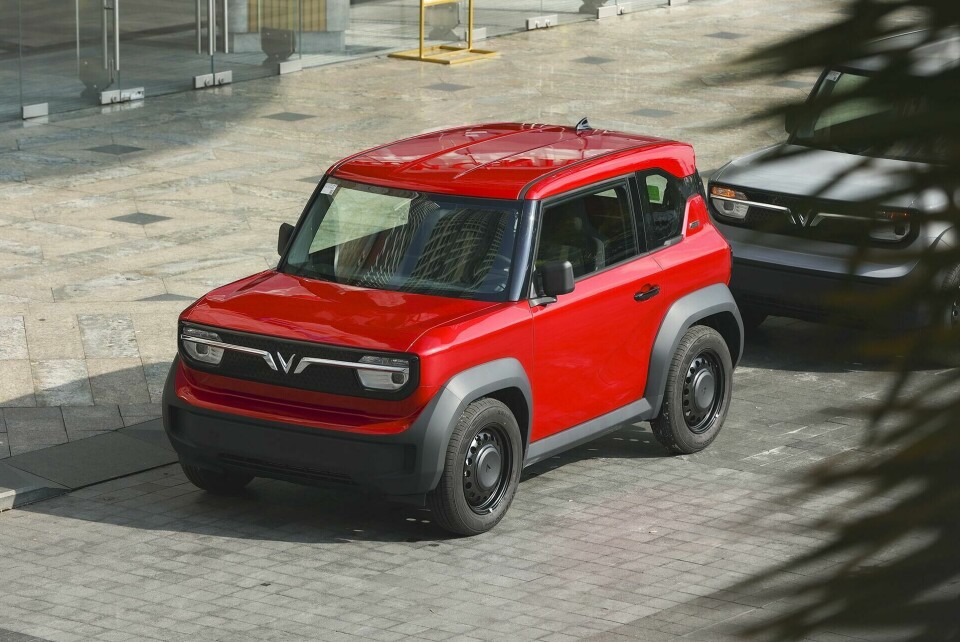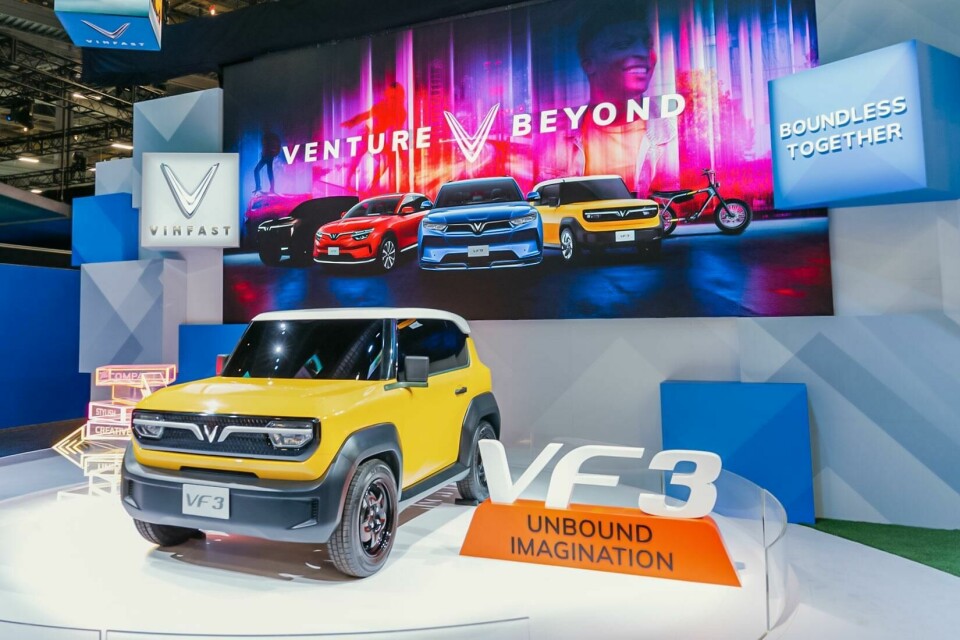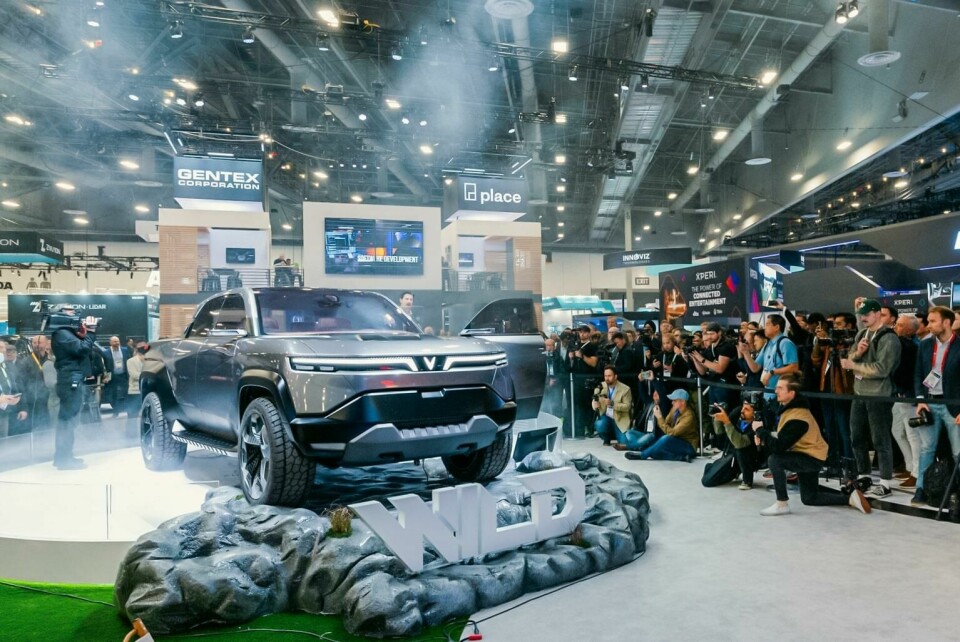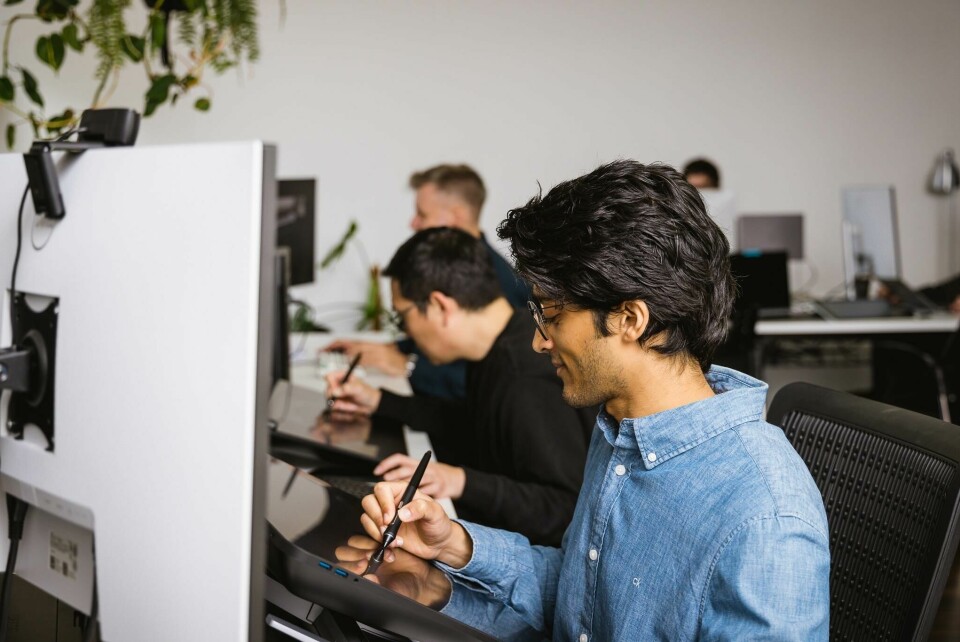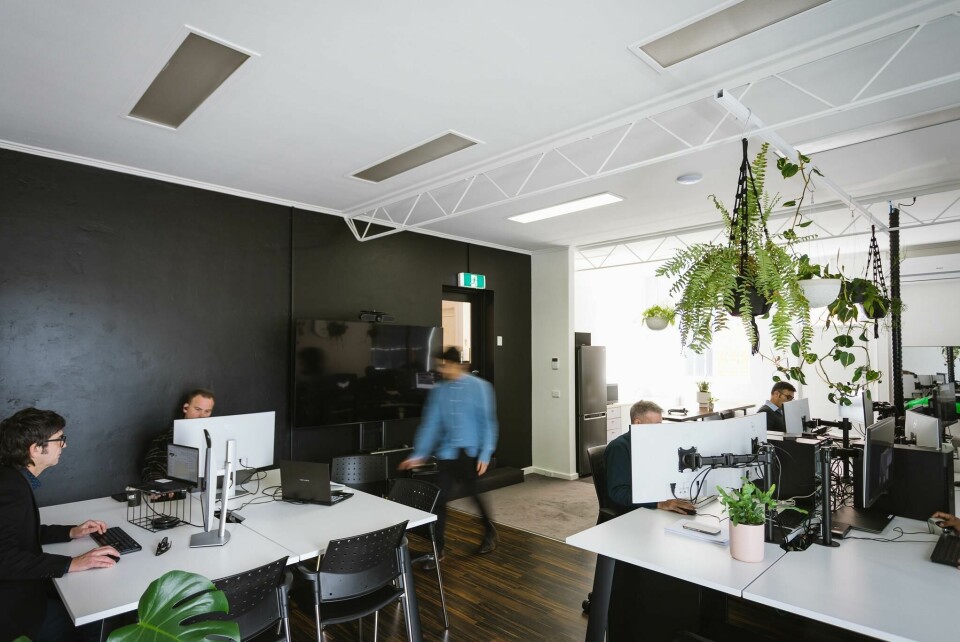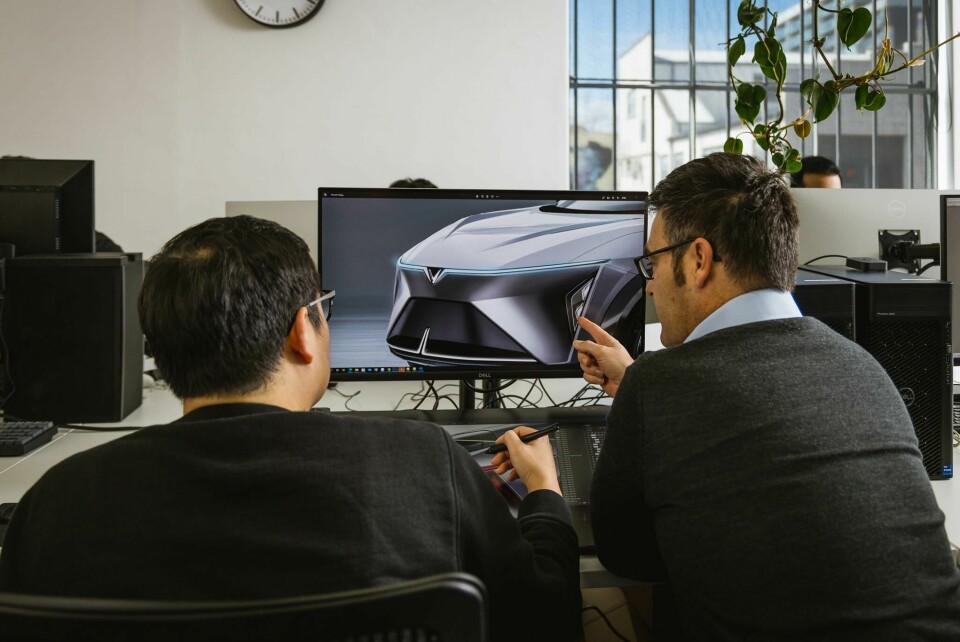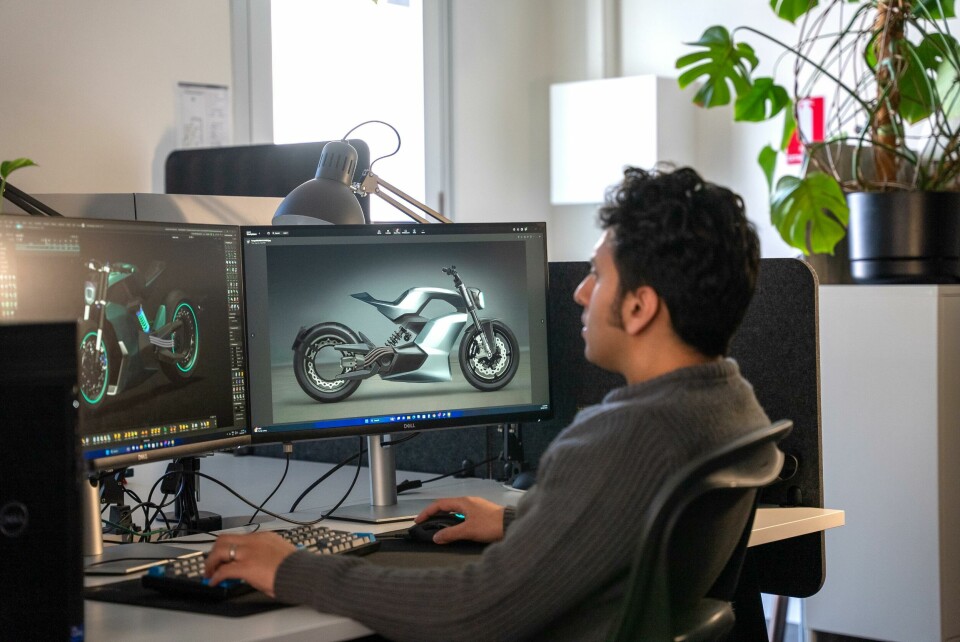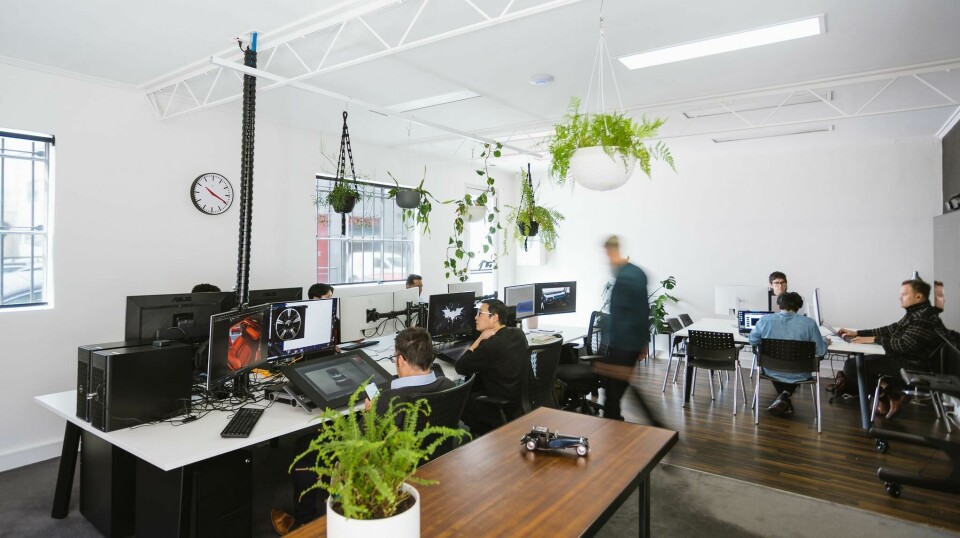
Meet the studio reviving Australian car design
GoMotiv is building a strong team in Melbourne to tackle global projects. Studio leaders spoke to Car Design News about the nature of design in Australia, taking on more work and digital tools
There is no shortage of great Australian designers, from iconic industrial designer Marc Newson to General Motors’ Michael Simcoe and Andrew Smith, not to mention Ford’s new design boss, Todd Willing – although he would rightly correct us to say Tasmanian. It is a nation that seems to foster strong design chops, but with few remaining OEM studios in Australia, much of that talent ends up abroad in Europe, Asia and North America.

Based in Melbourne, independent design house GoMotiv is changing things. It is one of the few studios still closely engaged in car design in the country, save for a handful of others like Volkswagen Commercial Vehicles, Toyota Altona and Ford’s. General Motors, previously manufacturing and designing Holden models on home soil, left the market in 2020. But rather than shrinking, GoMotiv is expanding and is even beating global studios to secure major contracts. “At this point we’re the only independent automotive design studio in Australia,” says studio director Robert Thorpe.
General Motors might have closed its Australian design studio, but there is a lot of General Motors experience in GoMotiv. The first three hires were Thorpe (17 years at GM), Justin Thompson (20+ years at GM) and Rhys Kaunda-McKenzie (digital sculpting expert at GM, 10+ years). Subsequent hires, such as Peter Bramberger (30+ years at GM) have brought familiar faces and valuable experience. Since opening in 2020, the team has expanded significantly to around 20 people, but has retained its agility.
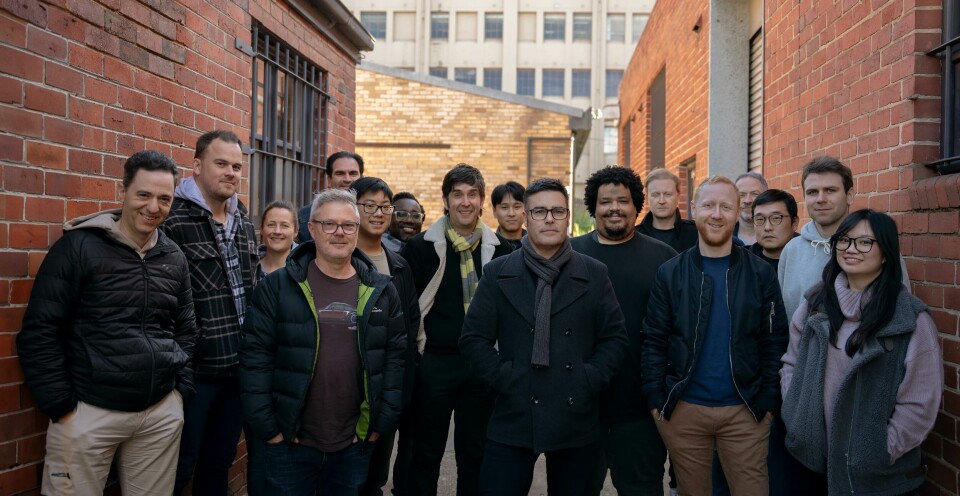
Indeed, the studio seems to pride itself on working quickly and efficiently – as any good studio should, of course – but with a heightened emphasis on digital modelling. This is partly a result of Kaunda-McKenzie’s experience as a digital sculptor – he is very much in favour of digital tools – but he has also been pushing at an open door when it comes to GoMotiv leadership. There is an ambition to add a clay modelling workshop, particularly with production work ramping up, but digital is the focus right now.
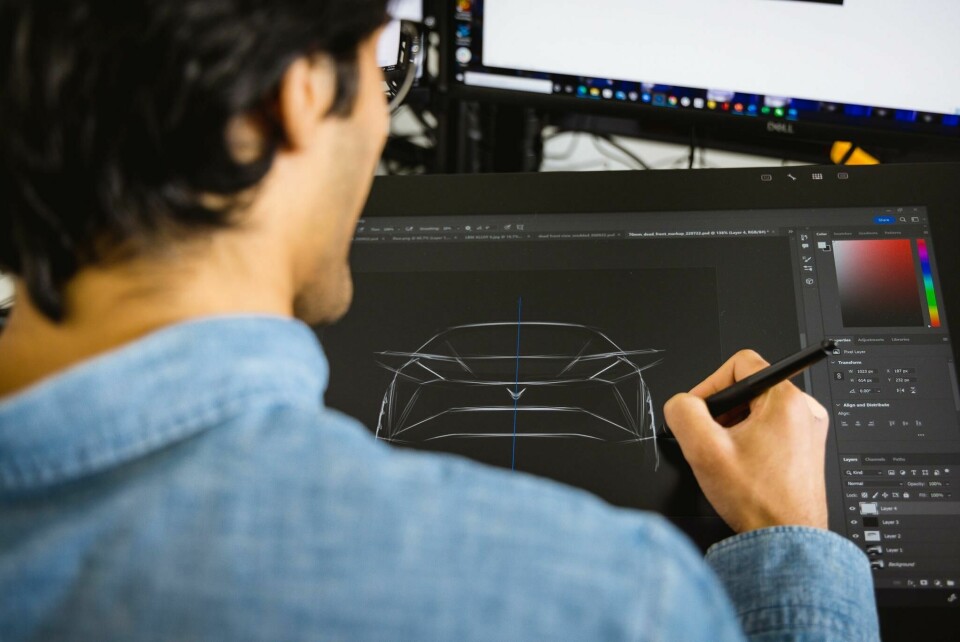
“We have relied very heavily on virtual reality tools in order to enable that design and to validate design through headsets,” explains Thrope. “We’ve done projects that are entirely digital, and the first time you see those become a physical object it cements the idea that those tools allow us to execute projects to a very high standard. We have real confidence in those tools, and the technology is just getting better and better. That being said, there is an ambition to expand into clay given the nature of our work.”
Australians are scrappy and, because of our size on the global stage, we fight a little bit harder
Even with all that GM experience under one roof, it would be wrong to think of this as GM Australia Reincarnate. The creative studio has been working on a wide variety of projects from small city cars and electric motorbikes to large, futuristic pick-up trucks. And while past projects have included the likes of Chery, Ford and Nissan, it is GoMotiv’s work with VinFast that many readers will be most familiar.
Thorpe explains that recent projects like the Wild concept and VF-3 city car proved that GoMotiv can mix it with the best, beating some well-known names during the bidding process for those deals. Importantly, he notes, GoMotiv is more of a collaborative partner in this kind of situation, working with Vinfast’s in-house designers throughout the project. Thorpe ultimately sees the studio as a combination of both advanced and production design.
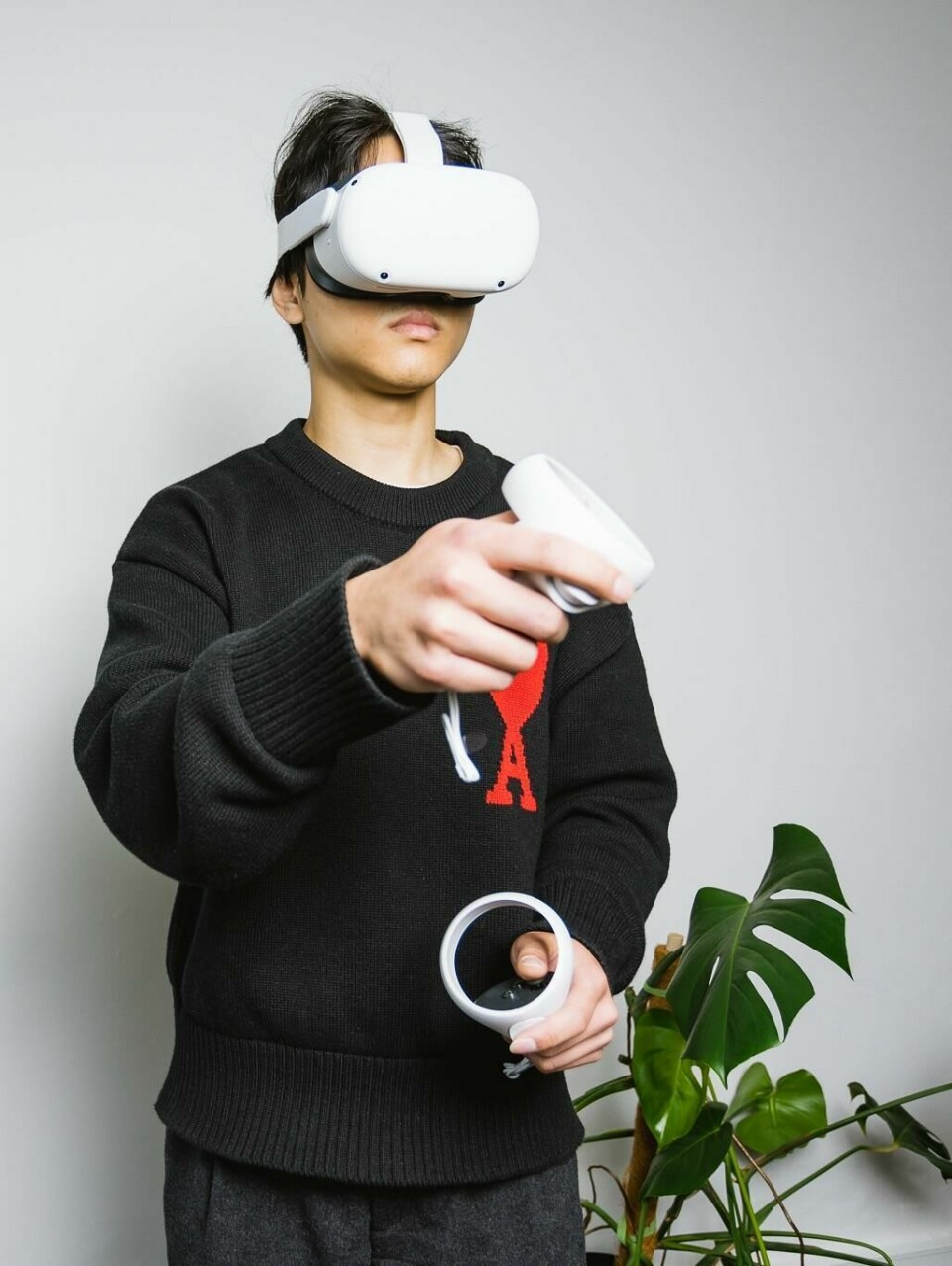
“Initially we were focused very much on advanced design, partly due to capacity constraints,” he explains. “We had very good studio engineering, digital sculpting and creative teams, but we were very limited in terms of size. With the growth we’ve had and the additional experience we’ve brought in, that’s enabled us to take on a lot bigger things and we’re fully into production work as well now.”
What then for the future of Australian car design? On the face of things, it must feel a relatively lonely place to be in relation to the global design community. Drop a net anywhere in Europe and you’re likely to catch a few different studios, and the same could be said for other hot spots around the world like California and Shanghai.
The team at GoMotiv is optimistic for a resurgence in Australia – however you define that – but at the same time there is an air of pride and quiet confidence in making the most of what could be a challenging situation. As Kaunda-McKenzie puts it, “Australians are scrappy and although we are a little disconnected from the broader design community, there’s still a lot of passionate people doing great work and representing on the global stage. Because of our size, we fight a little bit harder.”
“We feel pretty well connected within the Australian design community,” adds Thorpe. “It’s not a massive community, of course, but on a global level we are also starting to make closer connections not only with potential clients but also other studios and design teams, which has been really nice.”
Crucially, GoMotiv offers another vital pathway for students to build a career at home rather than away, and Kaunda-McKenzie is particularly passionate about helping those in the early stages of their design journey. “I’ve been teaching what I do at Monash University in Victoria for a good eight years now. There’s a lot of opportunities globally for car design, but it is important that we create those opportunities in Australia as well,” he notes.
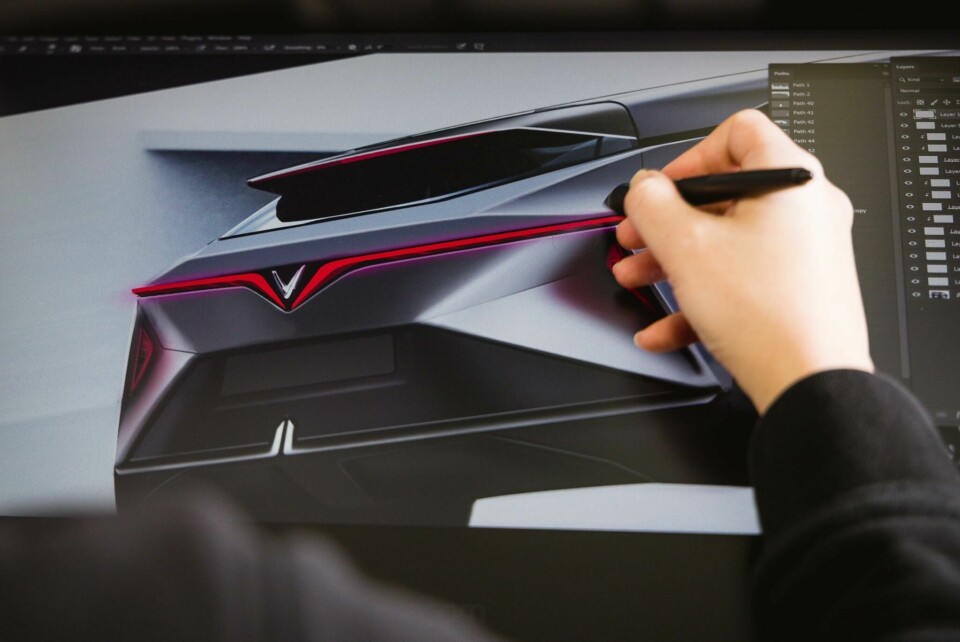
“I want to support pathways for graduates into the industry,” he continues, “and it also helps us identify new young talent who may have an aptitude for digital sculpting work. We can then provide them with an opportunity – through GoMotiv – to continue those studies in a professional environment, which is what I had the opportunity to do at GM Holden back in the day.”
We are told there are exciting projects on the way, but as is the covert nature of car design, we will have to wait to find out more.
